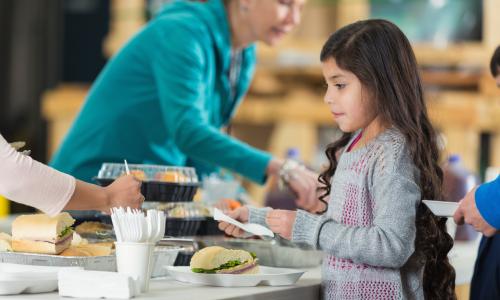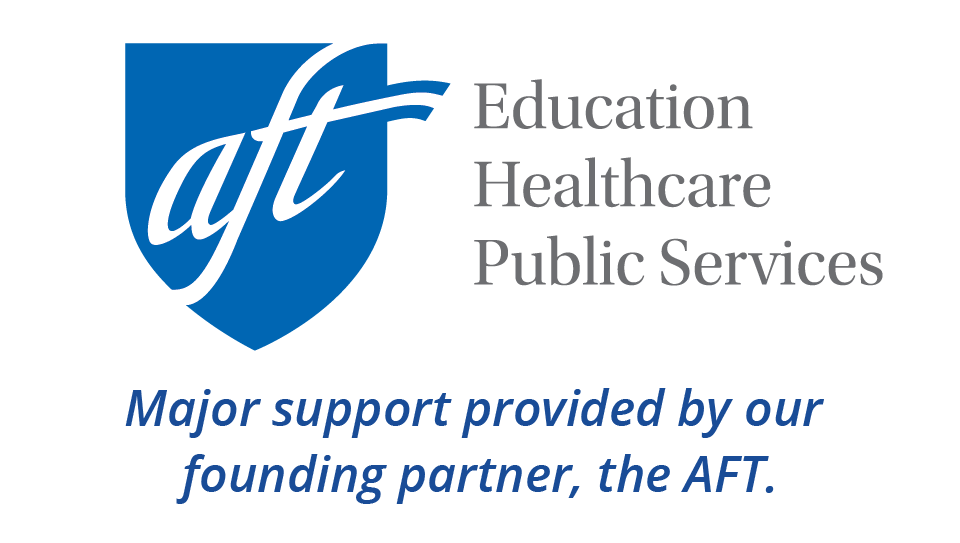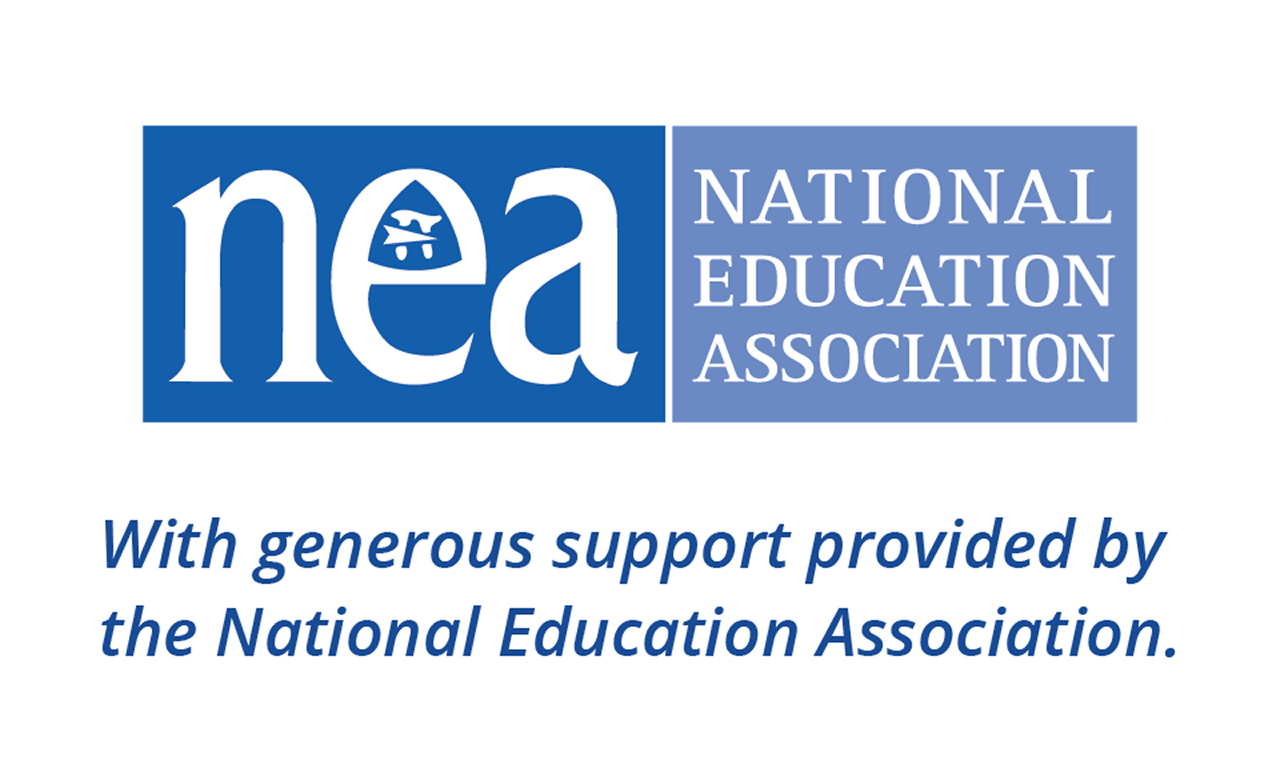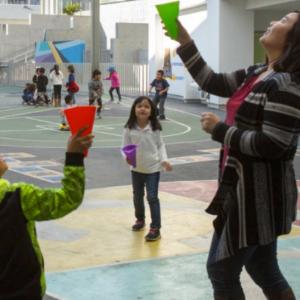Across the country, schools are increasingly having to respond to local natural disasters that impact their families. It is critical for schools to ensure that multilingual families are part of their emergency planning and response during those events.
And as the COVID-19 pandemic has shown us, having those plans in place before an emergency happens can make a big difference in reaching families during unexpected situations.
Emergency Planning with Multilingual Families
The more thought you put into how multilingual families will receive information before a natural disaster occurs, the better that communication will work if such an emergency arises. Keep in mind that families have a legal right to information in their home language from the school, and that schools are often the key source of important information for families.
Emergency plans
Review your school emergency plans and consider the following. Partnering with family liaisons and families themselves can help get a clearer picture of the situation.
- How are families accessing information in their home language?
- Are there measures in place to communicate with families in their language in event of an emergency?
- Do they know where they can get emergency information in their own language?
- Are you aware of sources of news and emergency information in their language that you can share?
- Do families know what they can do to prepare for an emergency in terms of gathering supplies, creating evacuation plans, and addressing children's medical or special needs?
- How are you taking the needs of young multilingual learners into account in your emergency planning?
- Are there any cultural considerations you need to take into account in your planning?
Emergency contact information
It is essential to keep ELL and immigrant families' contact information up to date. Here are some tips to help multilingual families do so, which offer a starting point for including immigrant families in emergency planning and response.
Emergency preparedness: Related resources
- Drexel Universty: Disaster Preparedness for Culturally Diverse Communities: Information in multiple languages addressing disaster preparedness/response considerations related to culture, religion, and special populations
- Ready.gov: Emergency Preparation (also available in Spanish)
- FEMA: Emergency Preparedness Checklist (also available in Spanish)
- Red Cross: Create a family emergency plan (also available in Spanish)
- CDC: Prepare for a hurricane or tropical storm (also available in Spanish)
Note: Families may be reluctant to visit federal websites. If you see valuable information, consider printing it and sharing it with families.
If a natural disaster is expected in your community
If a natural disaster is expected and recommendations have been issued by local officials, coordinate your communication with those officials, school and district leaders, and parent liaisons.
Consider the following:
- Do families have accurate information about what they are supposed to do and how to prepare?
- Do they have concerns about preparation/evacuation plans that the school or local officials can help address?
- Has the school reminded families to update their emergency contact information?
For example, The New York Times reports that following the experiences of Spanish-speaking families during Hurricane Matthew in 2016, a church pastor in South Carolina "contacted state officials to make sure that all relevant state emergency management documents were translated into Spanish and distributed them in print and on social media."
Immigrant families' unique needs during natural disasters
The families you serve may have unique needs and challenges leading up to, during, or after a natural disaster. These may be related to:
- communication
- preparation and evacuation for a pending disaster
- challenges in the aftermath of the disaster like securing relief, having to relocate, or post-traumatic stress
- fears and concerns related to COVID-19
- challenges navigating extreme weather, including winter weather.
Different populations may have different situations, including immigrant, refugee, ELL, migrant farmworker, or displaced newcomer families, as well as families with special needs.
Challenges for undocumented immigrants
Undocumented immigrant families can also be particularly vulnerable during or after natural disasters due to a number of factors, including:
- reluctance to evacuate due to a fear of coming into contact with law enforcement, including rescue personnel, along evacuation routes, in shelters, and at food banks
- fear of signing up for aid due to paperwork
- limited access to information and resources
- complications resulting from lost or inaccessible documents.
See examples of these concerns in the related news headlines below.
- As Storms Loom, Some Immigrant Families Wonder: Is It Safe to Seek Help? (The New York Times)
- As Hurricane Florence looms, woman feared deportation for family if they went to shelter (NBC News)
- It was an uneasy time for immigrant families. Then the rains came (The New York Times)
- Houston's Undocumented Residents Left Destitute And Fearful In Harvey's Wake (NPR)
- In the wake of Harvey, Houston’s undocumented community faces uncertainty (PBS NewsHour)
- The story of Alonso Guillén, a DACA recipient who entered flood waters to rescue others during Hurricane Harvey and was killed when his boat crashed (Latino USA)
After an Emergency in Your Community
Basic needs and safety
- Identify students who are affected by the disaster, including those who have been displaced. In some cases, that may be all students in a school or district, but in other cases, only certain students may be impacted due to their location or factors that left them more vulnerable.
- Connect with local officials and community organizations to find out where families are located, whether they can be contacted, and what their needs are. These needs may include:
- housing, food, and shelter
- clothing (and perhaps winter clothing depending on the climate)
- medical care
- mental health support and resources for addressing trauma.
- Determine the best means of communication to share information about school openings/closings, public safety, and available resources and aid that they may need.
- Identify and address barriers to getting that aid that may be impacting families in vulnerable situations, such as lack of translated information.
Social-emotional support
Culturally responsive support systems
An important first step is identifying culturally responsive ways to provide support.
- Consider pulling a team together of family liaisons, parents, and mental health professionals to discuss culturally appropriate forms of support before starting your outreach.
- Talk with family liaisons or others who know their community well to find out how families (and staff) are responding to current events and what kind of support the school might offer.
Helping students cope
- Start by giving students the chance to share their experiences or feelings privately in a journal or conversation. Continue individual check-ins with students.
- Determine whether classroom discussion of the events are appropriate and can be handled in a sensitive manner with respect among students. Avoid putting students on the spot to comment on current events in classroom settings.
- Identify students who may need additional support. Interventions may include classroom discussions, individual counseling, or small group counseling. By maintaining close contact with teachers and parents, the school crisis response team can help determine which students need counseling services. (NASP)
- Look for signs of student grief and post-traumatic stress. These may include confusion, problems concentrating, anxiety, and depression. When a loved one has died in a way that has been traumatic, a child or teen is at risk for developing childhood traumatic grief. Learn to recognize the signs of this kind of grief, as well the ways it may affect learning and behavior. (NCTSN)
- Ensure that a schoolwide referral service is in place. Make sure that both students and families who wish to make counseling referrals for themselves or for others are able to do so easily. (NASP)
- Encourage students to take a news break, continue their daily routines where possible, and try to get plenty of sleep and exercise.
- Encourage students to identify some positive steps to take, such as something that can help their community in the wake of the crisis.
- Secure additional mental health support. Although many caregivers are often willing to provide support during the immediate aftermath of a natural disaster, long-term services may be lacking. School mental health professionals can help provide and coordinate mental health services, but it is important to connect with community resources as well in order to provide such long-term assistance. (NASP)
Working with families
- Provide time for families to meet together. Families are a key source of support for children in difficult times, but they may need support in order to help their children (and they may need a safe place to meet). Consider having family liaisons, interpreters, or representatives from their community present at family discussions. (FEMA)
- Encourage families to tap into their own networks or connect to their support systems. These may include family, friends, community organizations and agencies, faith-based institutions, or other resources that work for that family. (FEMA)
- Ask families for their help and ideas. Families familiar with the situation and students may have some of the best ideas on how the school can further help students and families affected by the disaster. They also may be familiar with local relief efforts that are in progress.
Providing staff support
- Provide crisis support for staff. Members of your crisis team should have the opportunity to receive support from a trained mental health professional. Providing crisis intervention is emotionally draining and caregivers will need an opportunity to process their crisis response. (NASP)
- Offer counseling support to school personnel affected by the crisis. Teachers and staff should not be expected to conduct group discussions if they themselves are distressed and severely impacted by the crisis. (NASP)
Building community
- Build a community network. As your school begins to build a support network for families affected by the disaster, connect with other local organizations and businesses (particulary those affiliated with the impacted community), such as social services, university faculty and students, and local businesses.
- Ask local community members for help. Community members may be able to in a number of ways, from providing translation and counseling services to pitching in for schoolwide relief projects. For example, following the 2010 Haitian earthquake, the phones at Evans High in Orlando, FL began ringing off the hook and the office was filled with visitors as concerned neighbors asked how they could help the school's more than 600+ Haitian students and families.
Crisis Resources for School Personnel
The following resources can provide other ideas to educators and school staff who have contact with children affected by the disaster. While some of these publications are geared towards earthquake survivors, they provide a number of helpful tips and related information.
- Trauma and Natural Disasters (National Child Traumatic Stress Network)
- Age-Related Reactions to a Traumatic Event (National Child Traumatic Stress Network)
- Lesson Plans: Coping with Natural Disasters (Share My Lesson)
- Coping with Disaster (Federal Emergency Management Agency)
- Promoting Adjustment and Helping Children Cope After Disaster and Crisis (American Academy of Pediatrics)
- How to Help Children Cope with Crisis (Save the Children)
- Natural Disasters: Best Practices in School Crisis Prevention and Intervention (National Association of School Psychologists)
- Disaster Resource Center (American Academy of Child Adolescent Psychiatry)
- Tips for Talking With and Helping Children and Youth Cope After a Disaster or Traumatic Event (Substance Abuse and Mental Health Services Association)
- Tips to Help Young Children Cope With Disasters (National Association for the Education of Young Children)
- Using a Strengths-Based Approach with ELs: Supporting Students Living with Trauma, Violence and Chronic Stress (Colorín Colorado)
- Resources for Supporting Immigrants and Refugees after a Natural Disaster (Grantmakers Concerned with Immigrants and Refugees)
Long-term impacts of natural disasters
- The serious and long-lasting impact of disaster on schoolchildren (The Washington Post)
- Children's Trauma Lasts Long After Disasters, Studies Show (Education Week)
Classroom resources
Multilingual Resources for Parents
After a natural disaster
- Disaster: Helping Children Cope (American Academy of Child Adolescent Psychiatry) | Spanish version
- Talking to Children about Disasters (HealthyChildren.org) | Spanish version
- Information for Parents on Child Traumatic Stress (National Child Traumatic Stress Network) | Spanish version
Resources from the Red Cross
- Emotional Response and Recovery | See bottom of page for multilingual resources
- Taking Care of Your Emotional Health After a Disaster | Spanish version
- Helping Children Cope with Disaster | Spanish version
Tips about news and media coverage
- Fred Rogers Talks About Tragic Events in the News (PBS Parents)
Talking about tough topics
- Guide: After a Loved One Dies (National Center for School Crisis and Bereavement) | Spanish & Japanese versions
- Talking About Tragic Events (One Tough Job)
- A Child in Grief (New York Life Foundation) | Spanish version
- Sesame Street Resources on Grief | Spanish version
Sharing Success Stories
How kids can help
- 8 Appropriate Volunteer Opportunities for Kids After Natural Disasters (Parents.com)
- Even kids can have a role in helping after natural disasters (The Washington Post)








Add new comment